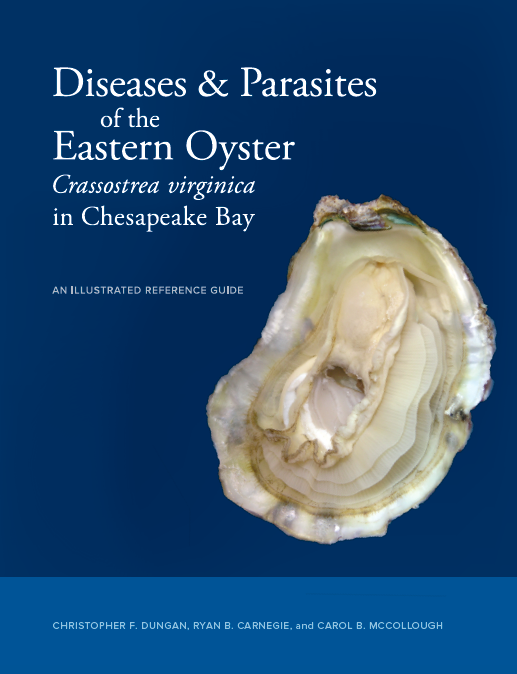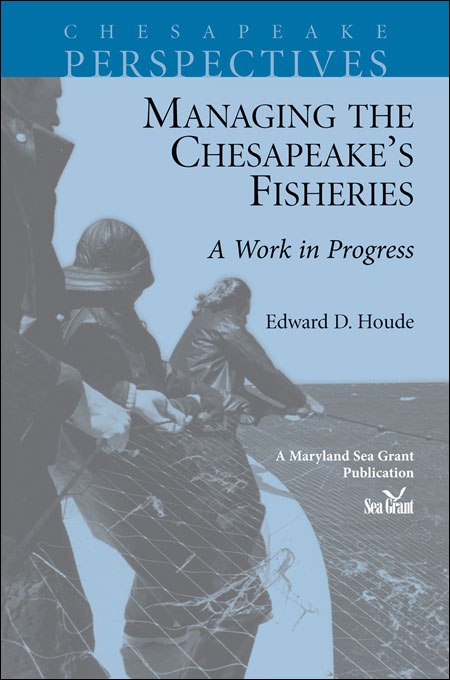Knauss legislative fellowships in Congress help build careers — and they're fun and educational. See our video and fact sheet for details.
Assistance for Aquaculture Businesses
Starting and maintaining an aquaculture business is not a simple endeavor, and not cheap. There is equipment to buy, floats and cages — adding up to as much as $5,000 for a small operation. And there is the cost of acquiring oyster seed, which can be significant.
Maryland Sea Grant Extension is available to help in several ways, including:
- We help prospective oyster farmers apply for leases and understand and negotiate regulations pertaining to aquaculture.
- We help farmers seek out and apply for loans for aquaculture businesses.
- We offer technical information about a variety of business costs and practices, including “remote setting,” a technique for producing oyster seed from larvae at a manageable cost. You can use our spreadsheet (below) to evaluate these costs.
Getting Started
Those interested in starting an aquaculture business can find a range of assistance from Extension personnel. There are short courses on running a hatchery, and others on remote setting, as well as two-day conferences that provide detailed information on starting and maintaining an aquaculture business. Other resources include fact sheets and materials from past conferences. To find out about future courses and conferences, contact Eastern Shore Agent Don Webster.
Seeking Loans for Aquaculture
The state of Maryland has created a revolving loan program to encourage oyster cultivation in the Chesapeake Bay, using money from federal disaster-relief funds. The aim was to help watermen make the transition from wild harvesting to aquaculture.
In 2012 Extension aquaculture business specialist Matt Parker helped 16 individuals and companies secure a total of $245,000 in these low-interest loans (which interest rates starting at three percent.) The 16 operations are estimated to employ a total of 24 full-time-equivalent employees.
The previous year, the loan program (administered by the Maryland Agricultural and Resource-Based Industry Development Corporation) awarded 26 loans totaling $1.7 million. Individual amounts ranged from $5,000 to $100,000.
Mr. Parker also helps loan applicants seek financing from other sources.
Remote Setting to Produce Oyster Seed
Oyster growers often use remote setting when natural seed supplies are not consistently available or must be purchased. By using your own cultch, labor, and equipment, you can reduce the cost of seed, a major factor in oyster farming. With practice and planning, you can produce a consistent supply to meet your own needs.
Many factors must be considered in a successful remote setting system. Reducing labor and effort in handling cultch is critical. Pollutants and toxic materials must be avoided, and providing favorable conditions will improve the survival of oysters and profitability of a system. With good records, frequent monitoring, and some luck, you can achieve a stable source of oyster seed for planting or sales.
Those interested in setting up a remote setting operation should consider attending the short courses and conferences listed above.
To help those considering starting up a remote setting operation, our Extension staff created an Excel worksheet designed to provide a general estimate of costs for constructing and operating a remote setting system for oysters in Maryland.
Download the spreadsheet and plug in detailed information about your plans — including production, system, cost, labor, equipment, and the specifics of your location — to decide whether remote setting is feasible for you. Download the associated instruction booklet as well.
Read our fact sheet, Producing Oyster Seed by Remote Setting.
For more information, contact Extension Aquaculture Business Specialist Matt Parker.








